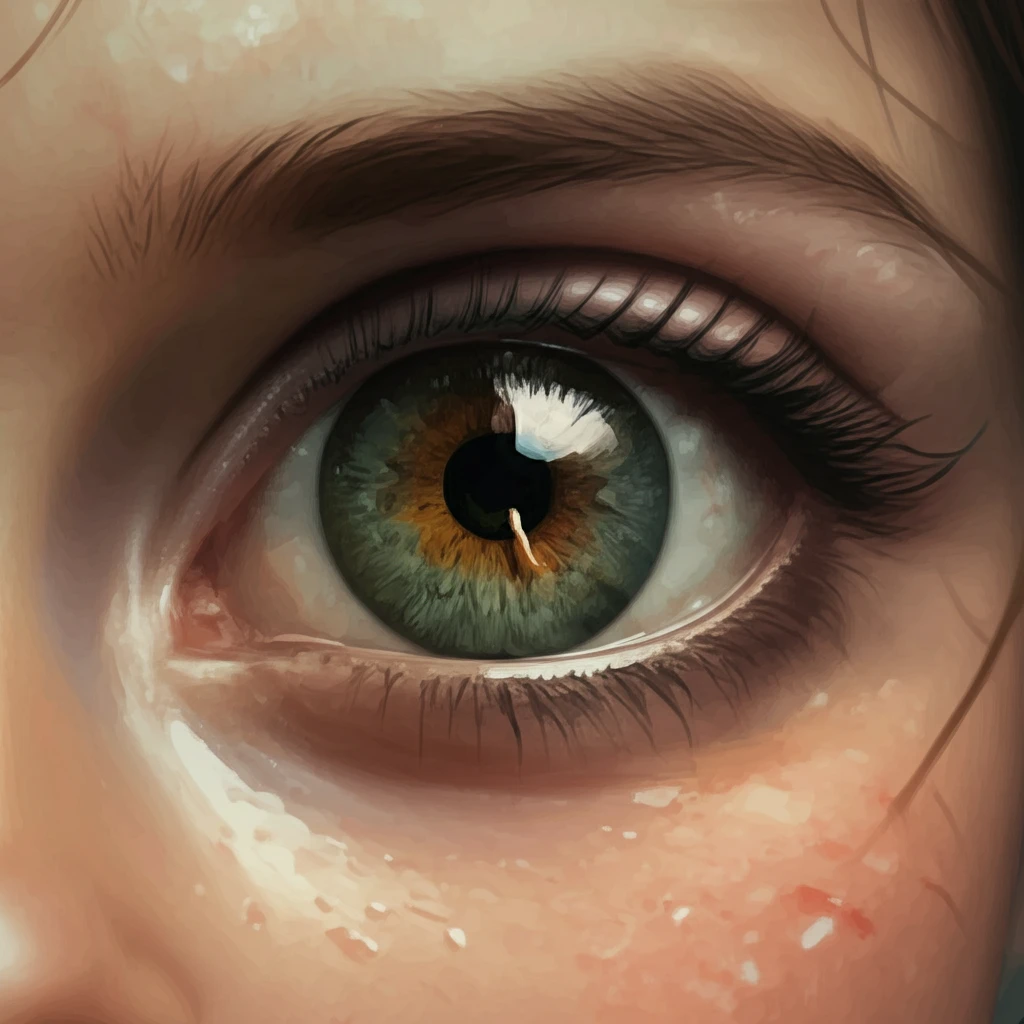
Unseen Invaders: The Mystery of Eye Worms and a Child's Fight for Sight
"Delving into the rare condition of Diffuse Unilateral Subacute Neuroretinitis (DUSN) and one girl's battle against elusive eye worms."
Imagine tiny worms, unseen, moving within the delicate structures of your eye. This is the reality for individuals diagnosed with Diffuse Unilateral Subacute Neuroretinitis (DUSN), a rare inflammatory condition affecting the retina. While relatively uncommon, DUSN presents significant challenges in diagnosis and treatment, often leaving patients with long-term visual impairment. Let's uncover one case where the mystery of eye worms led a young girl and her doctors on a diagnostic and therapeutic journey.
Diffuse Unilateral Subacute Neuroretinitis (DUSN) is a rare cause of posterior uveitis, an inflammation of the uvea, the middle layer of the eye. What makes DUSN particularly challenging is that, until later stages, it typically manifests in only one eye, primarily affecting children and young adults. Even more rare are cases where multiple worms are present, or the condition does not respond to conventional treatments. This article will share the story of an 8-year-old girl who battled DUSN.
In a medical journal, Curragh et al. (2018) details the intricacies of a specific DUSN case, highlighting the complexities encountered when treating this condition. The case emphasizes the difficulties in diagnosis, the potential for multiple worms contributing to the disease, and the limited success of conventional treatments. It is important to understand that DUSN is not just a single disease with a single solution. It is a complex interplay of infection, inflammation, and the body's immune response.
The Case of the Young Girl with Mysterious Headaches

In August 2015, an 8-year-old girl was brought to the Royal Belfast Hospital for Sick Children due to persistent headaches that had been increasing in both intensity and frequency for two months. Sometimes, her headaches were associated with redness and watering of her left eye. The girl’s doctor had noted some abnormalities on her left fundus. What was odd was the fact that she had no vision loss or any other symptoms. Her medical history included some additional factors. She had nosebleeds, but she never had foreign travel besides a vacation to Spain. Furthermore, she also had a pet dog. The doctors were puzzled.
- Infections: Toxoplasmosis, toxocariasis, tuberculosis, syphilis, and Lyme disease (borreliosis)
- Inflammatory conditions: Sarcoidosis and other white dot syndromes
- Other infiltrative causes
- Post-streptococcal syndrome
Hope for Future Treatments
This case underscores the challenges of DUSN, particularly in cases unresponsive to standard treatments. Further research is needed to understand the pathogenesis of DUSN and to develop more effective treatments. Early diagnosis and prompt intervention are crucial to minimizing visual loss and improving outcomes for patients with DUSN. While rare, DUSN serves as a reminder of the complex interplay between parasitic infections and the human body. Awareness, vigilance, and continued research are essential to combating this elusive and sight-threatening condition.
